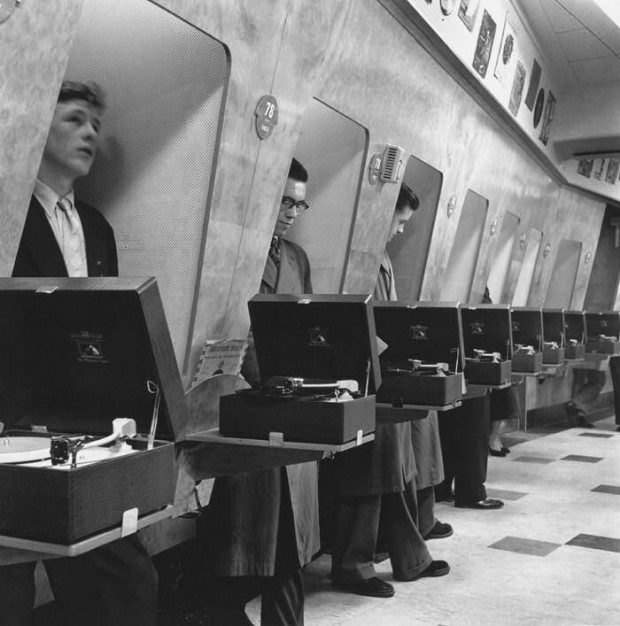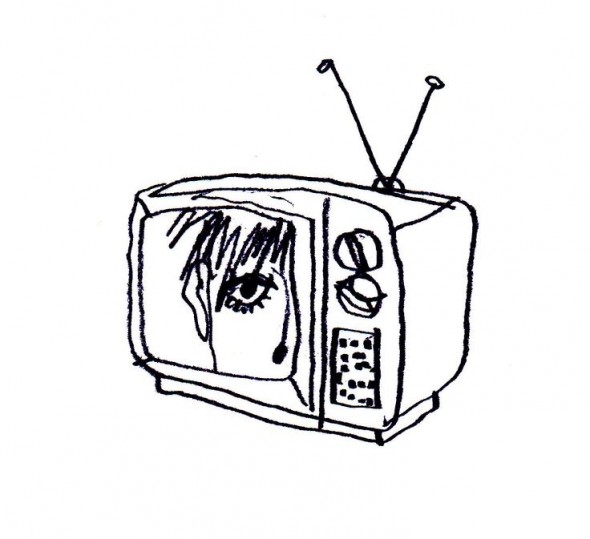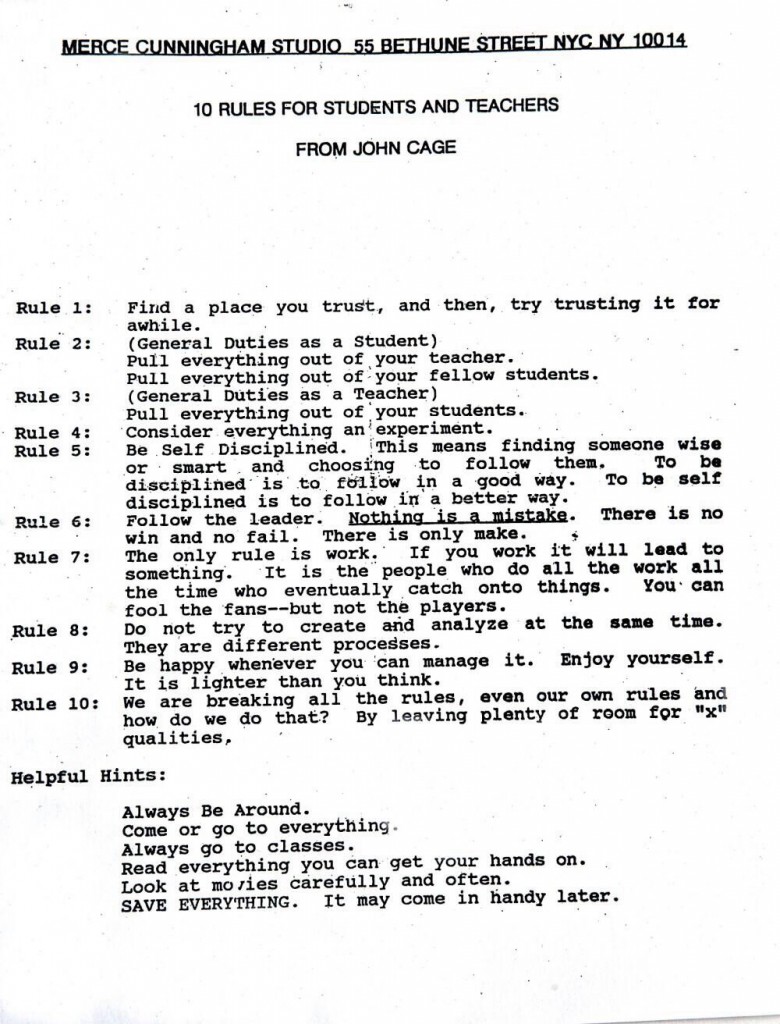Surrounded by the dead

Interview with the brilliant Adam Curtis. On ‘static culture':
All culture always goes back and feeds off the past, it can’t help it, but there are two ways of doing it. Either you can go back and get inspiration from the past and create something genuinely new, which is the whole history of all sorts of things – not just art and music. What bothers me at the moment is that you get a very different sense out of pop culture, which is that it is literally like a form of archaeology. It’s going back and rebuilding it almost as a sort of work of art in itself.
The boss

Richard Skinner on Satie:
The final key to Satie’s work is the idea of Repetition. In 1949, John Cage went to Paris to find out more about Satie’s music (apart from a few cognoscenti, Satie’s work was unknown at that time) and one of the pieces he discovered was entitled Vexations. Played through once, this rather innocuous piece made up of 36 diminished and augmented chords lasts no more than 2-3 minutes, but Satie had set a trap for the performer by saying that the piece should be played 840 times in succession. To do this, he said, ‘it would be advisable to prepare oneself beforehand, in the deepest silence, by serious immobilities’. If you follow Satie’s instructions, the average time it takes to perform the piece is about 24 hours, which is longer than it would take to perform all his other pieces of music put together.
It might seem like a joke, but Satie was deadly serious and the repetitive nature of all his pieces raises interesting questions about the function of boredom in art. Satie said that ‘boredom is deep and mysterious’. Of Vexations, Cage said, ‘The music first becomes so familiar that it seems extremely offensive and objectionable. But after a while the mind slowly becomes incapable of taking further offence, and a very strange euphoric acceptance and enjoyment begins to set in … It is only boring at first. After a while the euphoria begins to intensify.’



